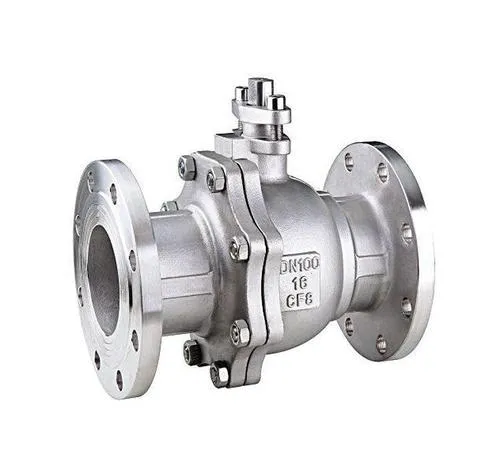Understanding the Functionality and Applications of Ball and Globe Valves in Industry
Understanding Ball and Globe Valves Functionality, Applications, and Selection Criteria
Valves play a crucial role in various industrial processes, allowing for the control of fluid flow and pressure within a system. Among the myriad types of valves, ball and globe valves are two of the most commonly used. Each of these valves has distinct characteristics, advantages, and functionalities that make them suitable for specific applications. In this article, we'll delve into the features, applications, and selection criteria for both ball and globe valves.
Ball Valves Overview
Ball valves are known for their quick and straightforward operation. They consist of a hollow, perforated sphere (the ball) that pivots within a valve body to either block or allow flow. When the ball's hole aligns with the flow direction, the valve is open; when it is perpendicular to the flow, it is closed. This design allows for low-torque operation and reliable sealing capabilities, leading to minimal leakage.
Key Features of Ball Valves
1. Simplicity and Efficiency Ball valves require only a quarter turn (90 degrees) to fully open or close, making them very efficient for high-flow applications. 2. Low Pressure Drop Due to their design, ball valves maintain a low pressure drop across the valve, which is essential in applications requiring minimal energy loss.
3. Various Configurations Ball valves are available in several configurations, including 2-way, 3-way, and multi-port options, making them versatile for various piping schemes.
4. Durability They are typically made from robust materials like stainless steel, brass, or plastic, providing excellent resistance to corrosion and wear under varying temperatures and pressures.
Globe Valves Overview
Globe valves, on the other hand, are designed primarily for regulating flow rather than for quick shut-off. They consist of a spherical body with an internal baffle that creates a streamlined pathway for fluid. This configuration allows for fine control over the flow rate.
Key Features of Globe Valves
1. Flow Control The primary function of a globe valve is to regulate flow. Their design allows for precise control, making them ideal for applications where fine adjustments are necessary.
2. Higher Pressure Drops Globe valves typically exhibit higher pressure drops than ball valves due to their flow configuration, making them less suitable for applications where maintaining pressure is critical.
3. Variety of Designs They can be found in various styles, such as threaded, flanged, and socket weld designs, catering to different installation needs.
ball and globe valve

4. Versatile Applications Globe valves are commonly used in throttling applications in processes such as heating, cooling, and steam service due to their capacity for flow regulation.
Applications of Ball and Globe Valves
Both ball and globe valves have widespread applications across various industries
- Ball Valves These valves are extensively used in oil and gas, water treatment, chemical processing, and HVAC systems. Their ability to provide a tight seal and quick operation makes them ideal for on/off applications and isolation service.
- Globe Valves Due to their flow regulating capabilities, globe valves are favored in applications such as boiler feedwater, fuel oil systems, and pipelines requiring consistent flow adjustments.
Selection Criteria
When selecting between ball and globe valves for a specific application, several criteria should be considered
1. Type of Service Determine whether the valve will primarily be used for on/off control or for throttling and regulation. Ball valves excel in on/off scenarios, while globe valves are better for flow control.
2. Pressure and Temperature Evaluate the operational pressure and temperature limits of the system to ensure compatibility with the valve materials and design.
3. Fluid Characteristics Consider the type of fluid being handled—viscous fluids, slurries, or gases—since this affects the choice of valve and its requirements.
4. Installation and Maintenance Factor in the installation space and the ease of access for maintenance, as some valve designs may require more effort to service.
Conclusion
In summary, both ball and globe valves are integral components in fluid control systems. Understanding their features, applications, and selection criteria ensures that the appropriate valve is chosen for each specific industrial need. By utilizing the right valve for the job, industries can enhance operational efficiency, maintain system integrity, and reduce downtime, ultimately leading to improved productivity.
-
The Key to Fluid Control: Exploring the Advantages of Ball Valves in Industrial SystemsNewsJul.09,2025
-
The Versatile World of 1, 2, and 3 Piece Ball ValvesNewsJul.09,2025
-
Stainless Steel Ball Valves: The Ideal Choice for Efficient Flow ControlNewsJul.09,2025
-
Optimizing Fluid Control with Ball Float ValvesNewsJul.09,2025
-
Manual Gate Valves: Essential for Control and EfficiencyNewsJul.09,2025
-
Everything You Need to Know About Butterfly ValvesNewsJul.09,2025
-
The Versatility of Wafer Type Butterfly ValvesNewsJul.08,2025




